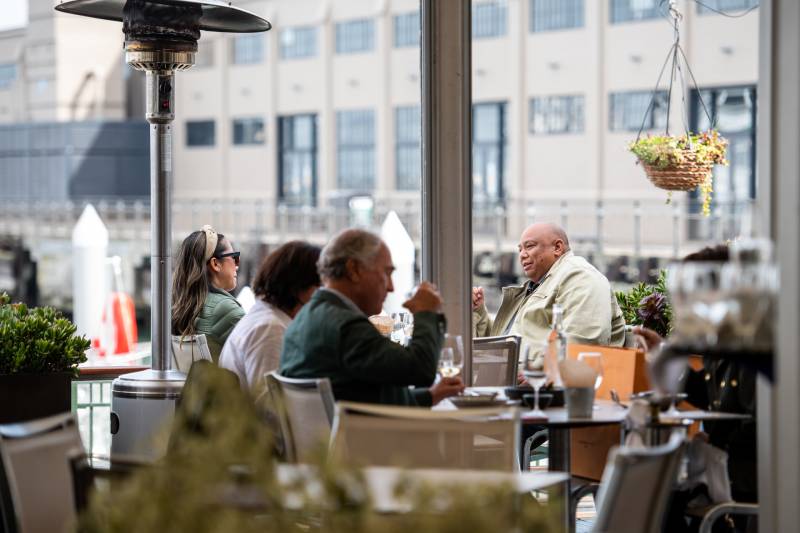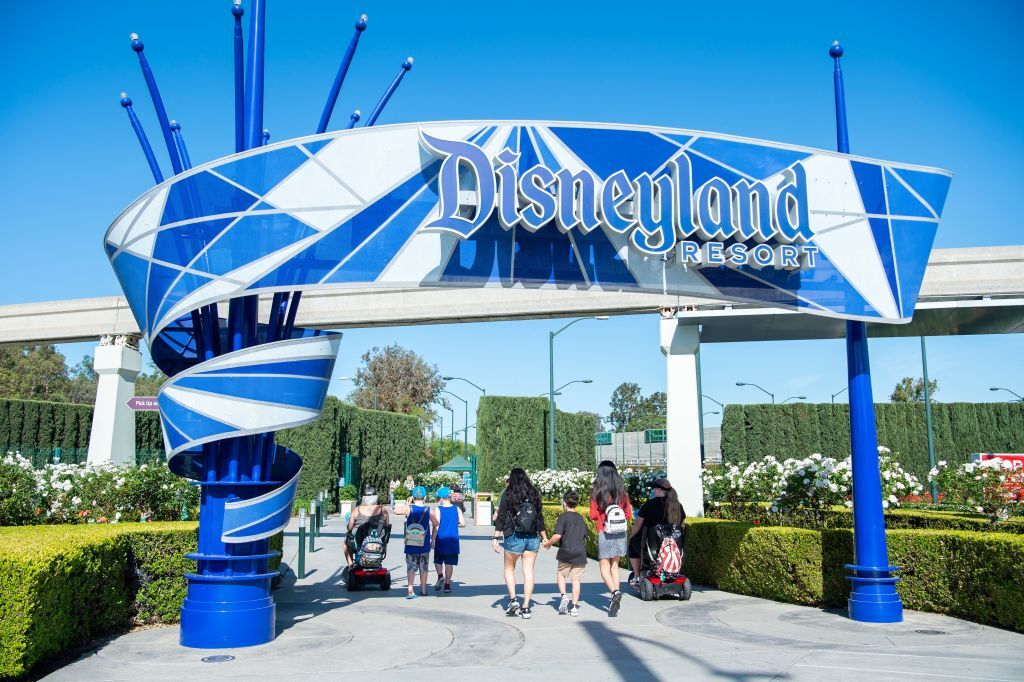California was the first state to issue shutdown orders as the virus erupted in March 2020. And at the start of this year, the state was the nation’s epicenter for the disease, which has now killed nearly 62,000 residents.
But throughout the spring, that outlook has changed dramatically, as cases and hospitalizations have plunged. Several times in the last week, new daily cases have ducked below 1,000, Ghaly said, with just over 1,300 people across the state currently hospitalized with the virus. The state is now reporting a case rate of 2.9 per 100,000, and a test positivity rate of under 1%.
For more than a month, Newsom and state health officials have repeatedly floated June 15 as the date they expect to lift most coronavirus-related requirements, assuming cases remain low and vaccine availability abundant.
"We've gotten to that place," Ghaly said, touting the state's vaccination progress.
The vaccine rollout in California, which earlier this year got off to a rocky start to the detriment of the Newsom administration, has since picked up considerable speed. Anyone who now wants a vaccine, should now able to easily get one, Ghaly said.
"Vaccines are widely available and we're proud of where we are — really among the leading states in the nation with not just the number of doses, but the percentage of our population who has gotten one dose," he said.
The state of 40 million people has to date administered nearly 35.5 million vaccine doses, and more than three-quarters of residents over age 65 — generally considered the most vulnerable population — have received at least one dose. More than 40% of the entire state has been fully vaccinated, with rates beginning to grow among children as young as 12.
But, Ghaly said, "We still have work to do" in increasing vaccination rates among communities that have been hard hit by the pandemic, acknowledging that millions of eligible residents in the state have yet to sign up for appointments.
"Today's announcement, I hope, for individuals who are considering to get vaccinated, just maybe down on the road, today gives them a chance to say this is the right time. Let me get vaccinated," Ghaly said.
He also acknowledged that California's plan carries some definite risks, noting that 10 counties remain in the state's red reopening tier, indicating "substantial" risk. He emphasized that after mid-June, when those tier assignments disappear, local jurisdictions can still choose to implement guidelines stricter than those dictated by the state if deemed necessary.
"Those who have decided not to be vaccinated may remain vulnerable to transmission and to some of the concerning outcomes. And we’re going to be watching that very closely," he said. "But I think we are in a place statewide where we have a significant number of people vaccinated and protected."
Dr. Monica Gandhi, a UCSF professor of medicine, applauded the state's decision.
"I think this is a good thing," she said. "The CDC guidance is extremely sound. It's really based on how incredibly effective these vaccines are."
Throughout the pandemic, Gandhi added, California has been more restrictive and cautious than almost any other state — among only a few yet to adopt the CDC's new guidelines.
But increased vaccination rates in California along with the natural immunity many residents gained during the winter surge have "really profoundly changed the trajectory of the pandemic," she said.
Underscoring that point, Gandhi noted that San Francisco General Hospital reported having zero COVID-19 patients on Thursday.
"We knew [the vaccines] were going to be effective, but we didn't dream it would happen this fast," she said. "It is really exciting, and we should be celebratory, and we should open and prove that immunity works."


